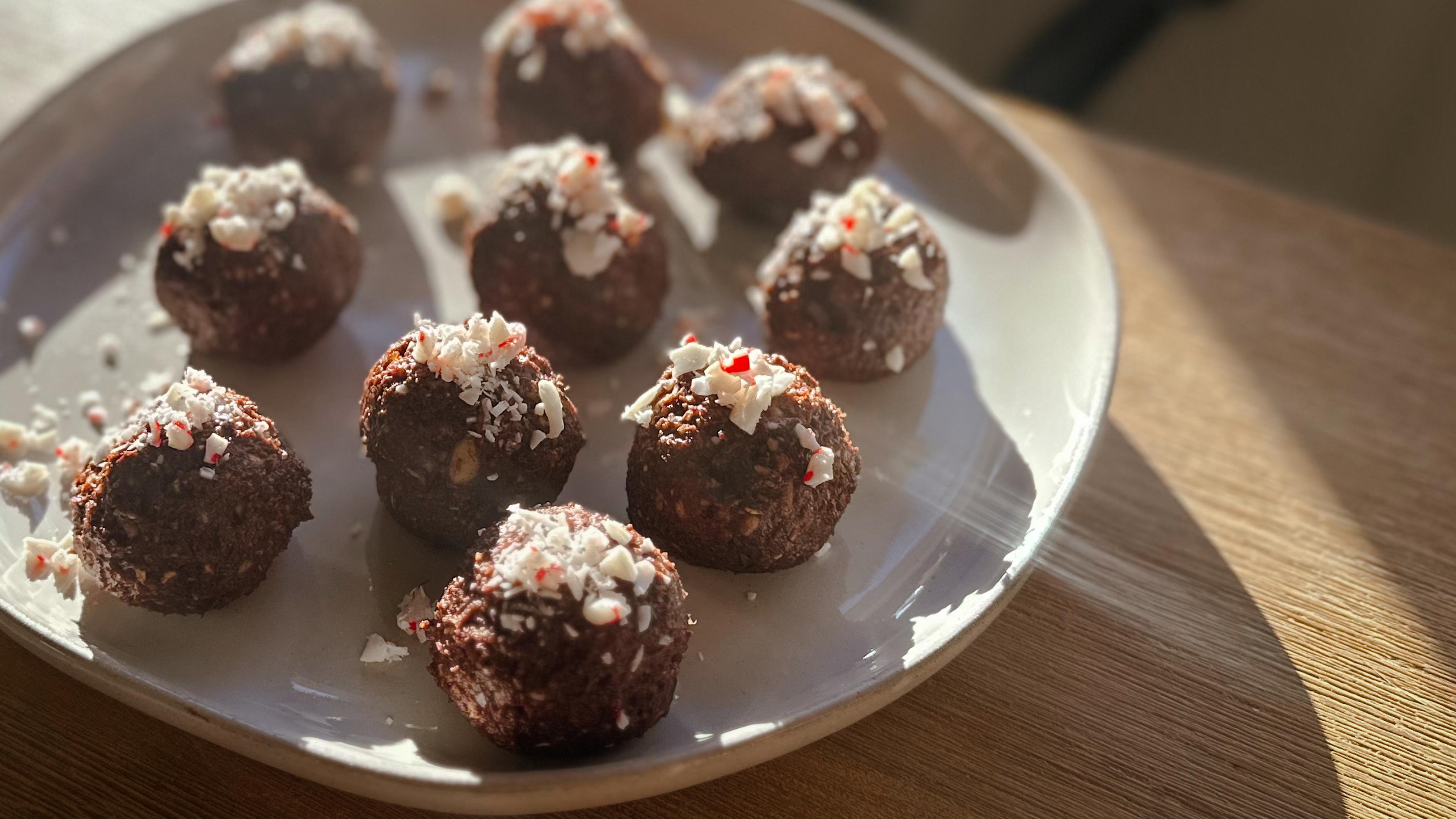Fight Childhood Obesity with Go, Glow and Grow Foods
| 2 min read

Today, more than 1 in 5 American kids have obesity. In Michigan, 15.7% of kids between the ages of 10 and 17 have obesity, which ranks 23rd in the United States.
Kids with obesity face an increased risk of having chronic health conditions and diseases, including type 2 diabetes, asthma, sleep apnea and more.
The typical American diet has shifted to favor convenience foods over health. Such foods are usually higher in fat, salt, added sugars and calories, while lacking in nutrition. Additionally, serving sizes continue to increase and these portions exceed what the body needs.
It’s important to teach children about healthy eating at a young age to help lower the risk of health disparities in the future.
The Supplemental Nutrition Assistance Program (SNAP-Ed) has a curriculum called Go, Glow and Grow to teach kids how to eat healthier and what these nutritious foods do for the body.
Here’s a breakdown of each of these groups and how to describe them to kids:
- Go Foods: They help us to run, jump and play all day. These are our healthy fats and carbohydrates. Go foods include breads, rice, pasta and other grains.
- Glow Foods: These are our sources of vitamins and minerals. They help prevent disease. Examples of glow foods would include fruits and vegetables.
- Grow Foods: These are our sources of protein-rich foods that help in building muscle. They help us to grow big and strong! Grow foods include dairy, beans, meat, fish, chicken and eggs.
There are many benefits to regularly including nutrient-dense foods that can shape healthy development.
Using the Go, Glow and Grow food method can be an excellent conversation starter with your child on how to make healthier choices. By sticking mostly to foods in these three categories, with the occasional treat thrown in for good measure, kids will feel empowered to make smarter food choices that can prevent future health risks in their lifetime.
Like this idea? Here are more ways to boost healthy eating for kids.
Photo Credit: Tommy Lee Kreger





